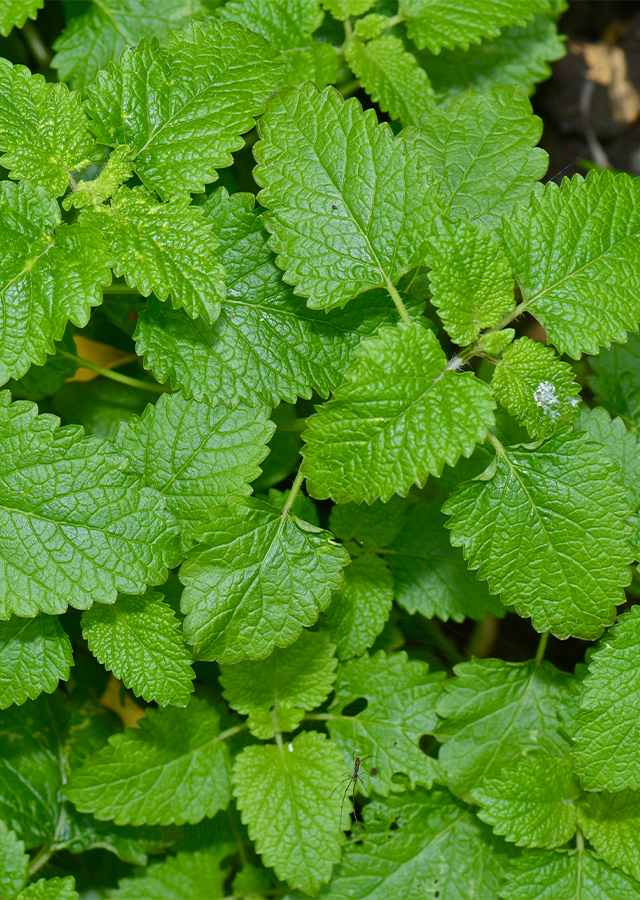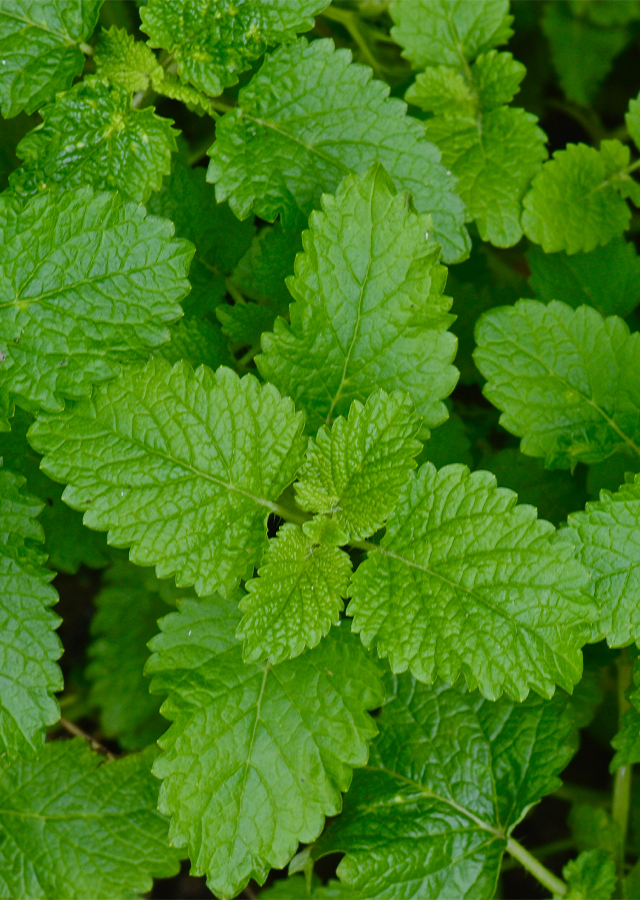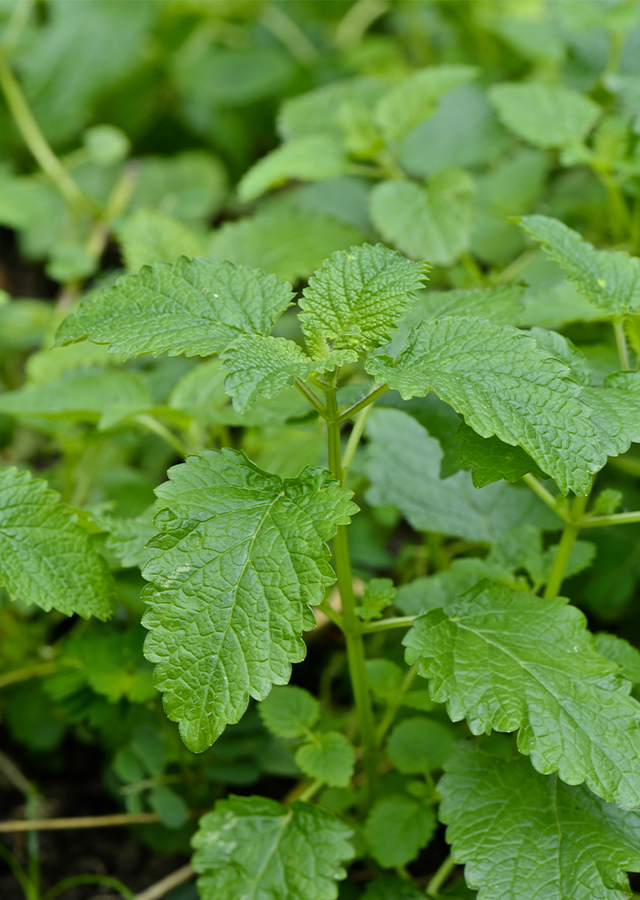Lemon Balm
Melissa officinalis L.
Lamiaceae
Location in our garden
Principal



Synonym
Faucibarba officinalis (L.) Dulac
Mutelia officinalis (L.) Gren. ex Mutel
Thymus melissa E.H.L. Krause
Habitus
Herbaceous. A bushy perennial herbaceous plant, growing to 1.5 m tall
Part Used
The Whole Plant
Growing Requirements
Full Sunshine
Need Shade
Drought Resistant
Habitat
Terrestrial
Overview
Lemon balm is a known herb that has long been used in traditional medicine. Due to its volatile organic compounds and active constituents, the extract of the plant can have a significant role in maintaining health and curing diseases. It is native to the Eastern Mediterranean, through the Crinmea, the Caucasus and Northern Iran to Central Asia.
Vernacular Names
Xiāng fēng huā (Chinese), Bijenkruid (Dutch), Baume (French), Frauenkraut (German), Cedronella (Italian), and Kousui hakka (Japanese).
Agroecology
Thickets, fence rows, abandoned homesites, vacant lots, areas along roadsides, banks of ponds, floodplain areas along drainage canals, and waste areas. Suitable for light (sandy) and medium (loamy) soils and prefers well-drained soil. Suitable pH: acid, neutral and basic (alkaline) soils. It can grow in semi-shade (light woodland) or no shade. It prefers dry or moist soil and can tolerate drought.
Morphology
- Roots - fibrous and rhizomatous.
- Stem - light green, 4-angled, single-furrowed along their sides, and glabrous to finely hairy.
- Leaves - 9 cm long and 5 cm across, ovate in shape, and either crenate or crenate-serrate along their margins. The tips of leaves are blunt, while their bases are broadly wedge shaped to rounded. The leaves have a gentle lemon scent, related to mint
- Flowers are 8-13 mm. in length with corollas that are longer than their calyces. Each flower has a white corolla, a light green calyx with 5 teeth, 4 stamens, and a 4-parted ovary with single style that is cleft toward its tip
- Fruits are small nutlets (4 nutlets per flower) that are lanceoloid-ellipsoid and smooth.
- Seed - ovate seeds are black or dark brown. 0.5 to 0.7 g/ 1000 seeds.
Cultivation
Propagation is by seed and cuttings.
Chemical Constituents
Phenolic compounds, rosmarinic acid, caffeic acid, cholinergic acid, metrilic acid, flavonoids such as luteolin, apigenin and monoterpene derivatives, the sesquiterpenes (betacaryophyllene and germacrene), triterpenes (leanolic, ursolic acid), volatile oil, tannins.
Traditional Medicinal Uses
- The extract of the plant with its several antioxidant, anti- inflammatory, anti-pain, anti-spasmodic and anti-cancer properties as well as its cholinergic receptor activation have highly significant effects on improving behavioral symptoms, cognitive impairment, insomnia, anxiety and stress (calm the nerves).
- Stimulate digestion, promote menstruation, and relieve headache and toothache.
- Combat the herpes simplex virus which produces cold sores. It cures cold sores i.e. oral herpes and mumps rapidly, which are an outcome of viral infections.
- Antithyroid, the herb is given to people with an overactive thyroid
- As first-aid remedy for cuts and insect stings and is good for fevers.
- It is a good herbal remedy for skin complaints like sunburns, shingles i.e.
- Lemon balm herb and leaves are used as a digestive, antispasmodic, sedative and antiviral remedies.

